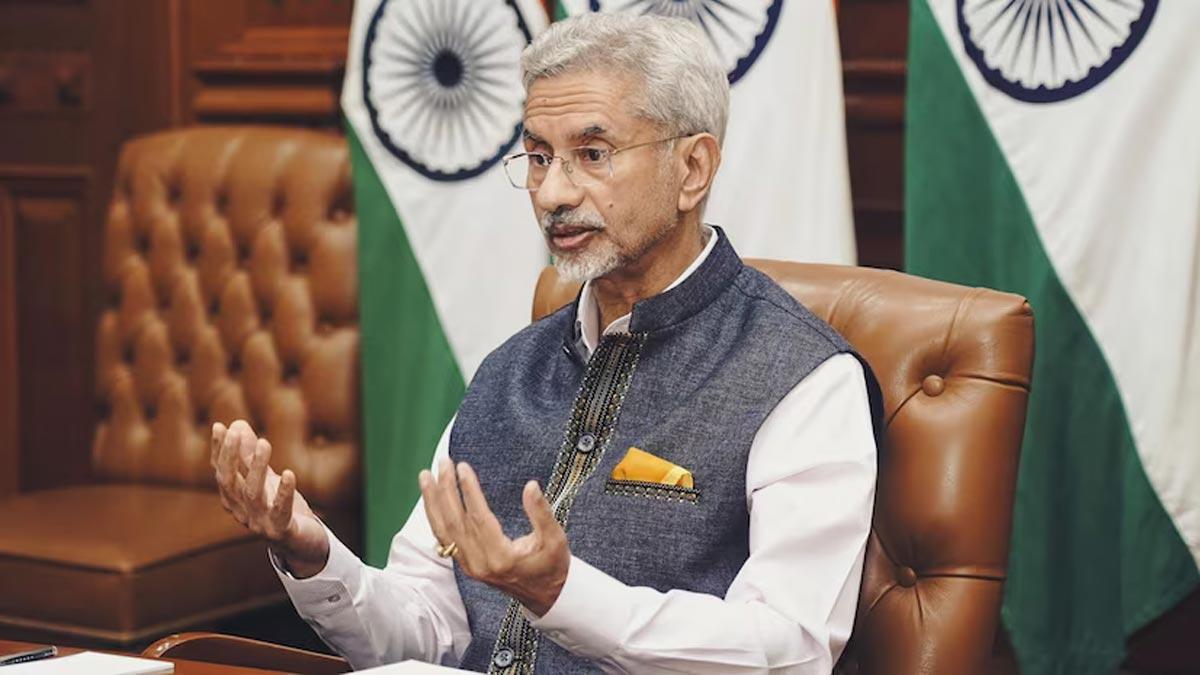There may not be a repeat of 2019 as regards the food inflation this year as the conditions prevalent then and now are different, states a report from IDFC Mutual Fund.
In 2019, food inflation had risen strongly to 12.2 per cent year-on-year in December. Its total sequential momentum during July-October then was 4.8 per cent versus 2.6 per cent this year, the report notes.
It was a case of very high vegetable inflation in 2019, driven by a spike in onion prices which had increased 171 per cent during July to December. Inflation in other components like rice and pulses was not a major driver.
In 2022, cereals have relatively been a bigger driver due to the impact of geopolitical events on global prices, reduced domestic output and others, but overall food inflation didn't pick up the way it did in 2019.
This is also likely because the government intervention this year has been much stronger, given the nature of food inflation drivers has controllable aspects unlike inflation in perishables (in 2019) which is more difficult to tackle in the near term, the report said.
Also read | India Food Inflation - Moderation in Sight?
Food inflation has always been a wild card. In October 2022, the food and beverages component of Consumer Price Index (CPI) increased by seven per cent yoy.
It has averaged 7.6 per cent during April-October against a headline CPI of 7.1 per cent.
From early this year, various food components have been volatile, the IDFC Mutual Fund said.
"Starting with concerns of a spike in edible oil and wheat prices (and in general from higher fertiliser prices) after the onset of the Russia-Ukraine war, this was followed by heatwave like conditions in March-April impacting wheat output, lower Kharif crop season (June-September) sowing in rice and pulses, and now the crop damage from very heavy October rainfall in some states," the report said.
Several government measures taken include higher fertiliser subsidy, cut of import duties on edible oils, ban on wheat and broken rice exports, export duty on non-basmati rice and compensation to farmers for crop damage from recent rains (announced by some states).
Also read | IDFC First Bank's Q2FY22 YoY net profit up 50%
According to IDFC Mutual Fund, the prices of cereals, particularly of wheat, have been of concern in 2022 but there is potential for some incremental moderation in growth.
Rice stocks remain quite comfortable too. Prices of certain pulses, vegetables, etc. have also eased a bit from early November, although it remains above October levels. Farm input cost growth has been falling since July, the mutual fund house said.
Excess rainfall in October will have its impact but the above early signs are encouraging and need to be watched closely, the report added.


















